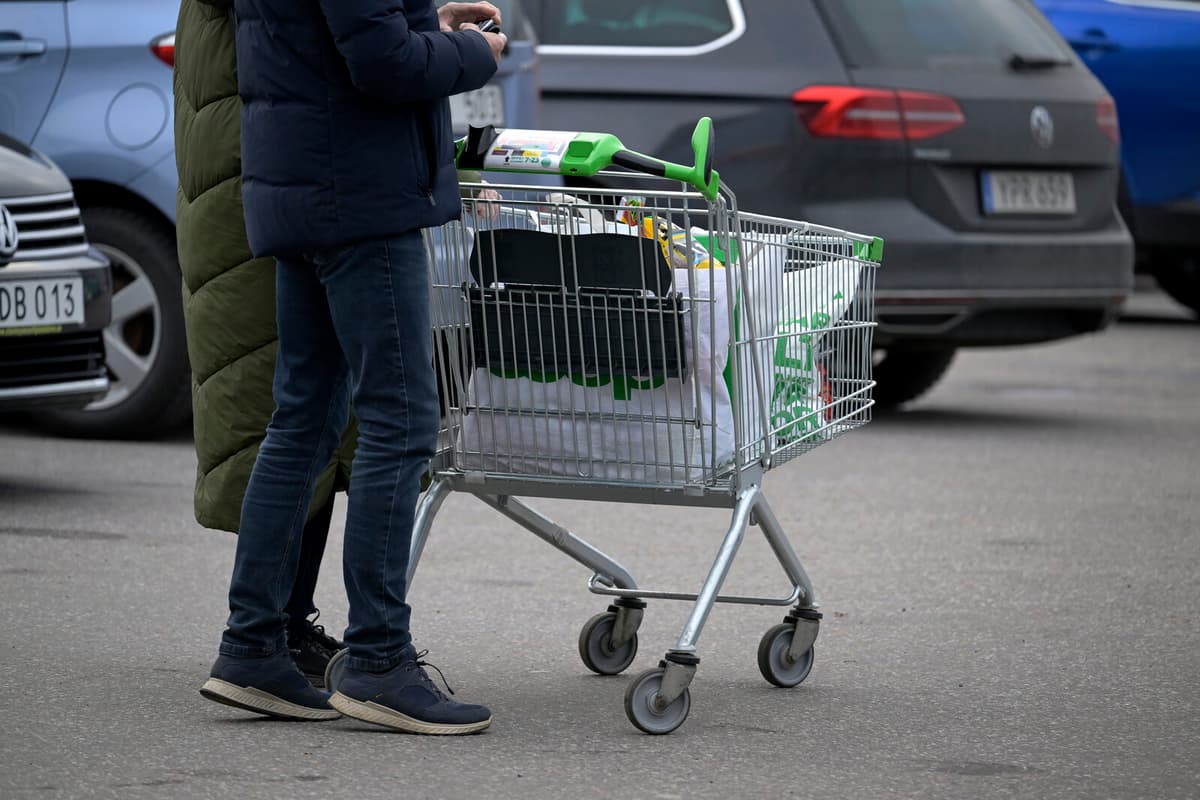The recent rise in food prices has led to protests and boycotts against major food retailers such as Ica. Finance Minister Elisabeth Svantesson (M) recently had a new meeting with several representatives from the food industry.
They have referred to external factors as contributing causes. And in international comparison, Sweden does not stand out according to the survey conducted by Länsförsäkringar based on statistics from the Statistics Sweden (SCB) and Eurostat.
The debate becomes a bit one-sided if you only look at competition, you also have to see how it looks in Europe. It's about more than just having a few players on the Swedish market, says Alexandra Stråberg, chief economist at Länsförsäkringar.
The compilation shows almost identical price increases in Sweden and on the continent. Over the past five years, Swedish food prices have risen by 32 percent, while they have increased by 31 percent in the euro area.
Significantly lower
Even in 2022, when prices skyrocketed, there was no difference between Sweden and the rest of Europe.
There has been a lot of focus on the price of the Swedish food basket in recent years. So consumers have become very skilled at being aware of what things cost. But now we see that Sweden is not unique, but that Europe follows the same pattern, says she.
According to Länsförsäkringar's compilation, the recent price increase over the past few months is significantly lower than the inflation year 2022, when food prices, among other things, rose by 22 percent. But this time, prices are rising from a higher level, which puts renewed pressure on household wallets, according to Alexandra Stråberg.
Want to broaden the debate
Sweden and Swedish households are thus affected by the fact that international food prices have also risen, according to Länsförsäkringar, by a total of 12 percent.
It shows that the issue is more complex than many may think. Of course, it's true that lack of competition on the market can drive up prices, it's not an incorrect assumption. But it's one of many factors. So we want to broaden the debate with this compilation, says Alexandra Stråberg.
Tobias Österberg/TT
Facts: Länsförsäkringar's comparison
TT
The underlying data comes from the category "food and non-alcoholic beverages from the consumer price index in Sweden reported by SCB as well as Eurostat.
For international food prices, FAO's World Food Price Index has been used.
The statistics are based on figures up to and including February 2025.
Regarding the five-year period, it concerns the period from March 2020 to February 2025.
Source: Länsförsäkringar





